A Filmmaker's Guide to: "Strangers on a Train" (1951)
An Appreciation of Cinema (Pt.24)
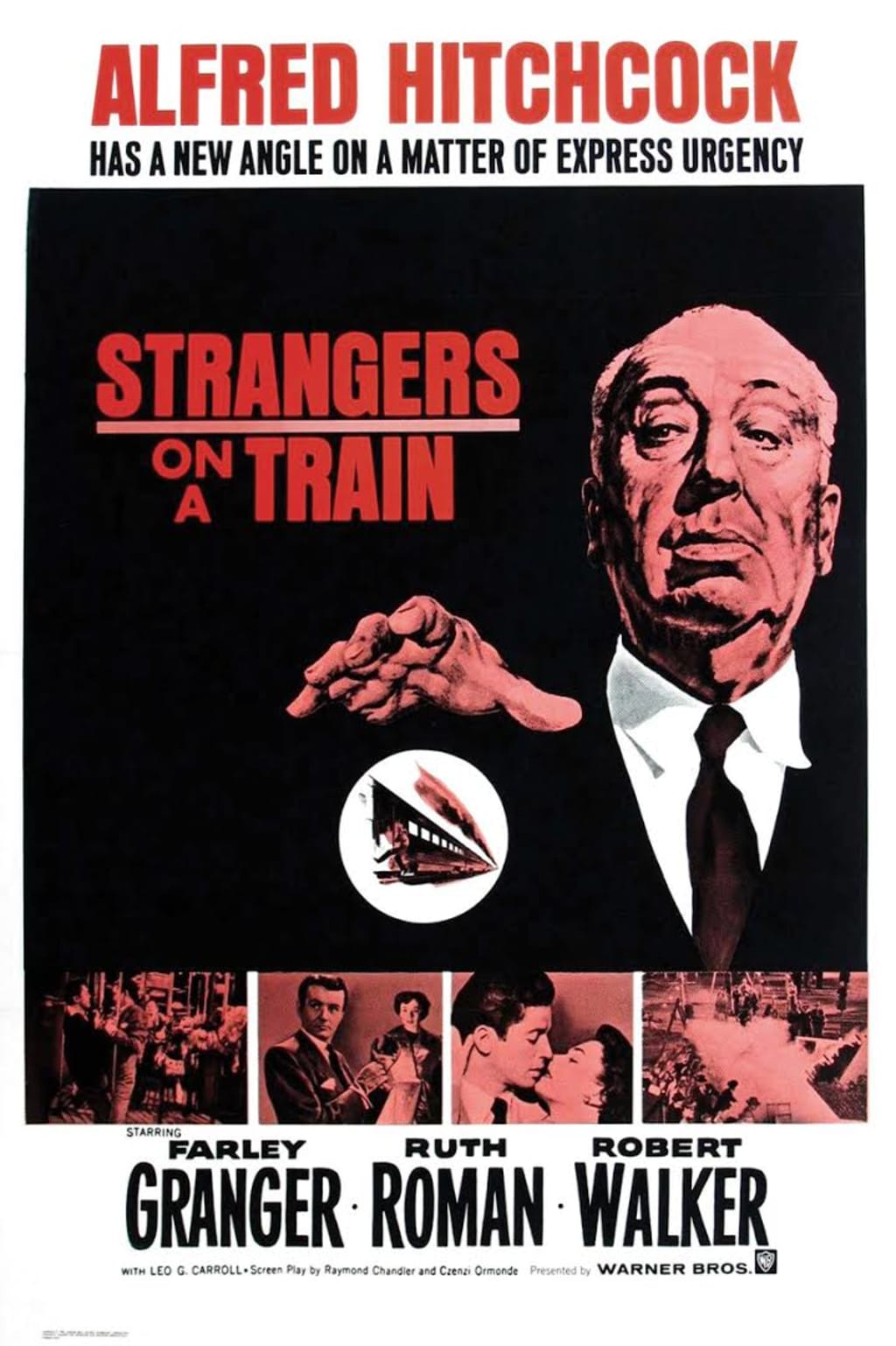
In this chapter of ‘the filmmaker’s guide’ we are going to explore some of the films that have changed our outlook of the possibilities in cinema in some way, shape or form. These can include, but are not limited to: revolutionary cinematography, narratives that challenge the social structure and the common view, trademark styles of auter cinema, brilliant adaptations of novels and other works, films of philosophical value and films that touch our hearts and souls with their incredible underlying messages and morals. Within each of the films in this chapter there is a certain something that makes them special and a certain something that makes them linger long after we have watched them for the first time. Lasting impressions are difficult to create, but I think that the films we will briefly touch on in this chapter are some of the films we will never ever forget.
“Strangers on a Train” (1951) dir. by Alfred Hitchcock
I would have to say that this is possibly one of my personal favourite films of all time and is definitely in my top twenty. An incredible feat in psychological thriller, this film really did pave the way for Hitchcock’s later projects like “Psycho” (1960), Vertigo (1958), Rear Window (1954) and yes, even “The Birds” (1963). From the filming to the characterisation, the script to the source material and even the way music, sound and setting is used, there is something really unsettling about this film that may have had a greater influence on psychological thrillers that came after the Golden Era than we give it credit for. A brilliant narrative of two stories that converge, two dissimilar people become a certain part of each other’s lives and the way in which it is filmed to represent them both is so articulate and so intricate that I could not begin to go into the investigation of the cinematography in the film.
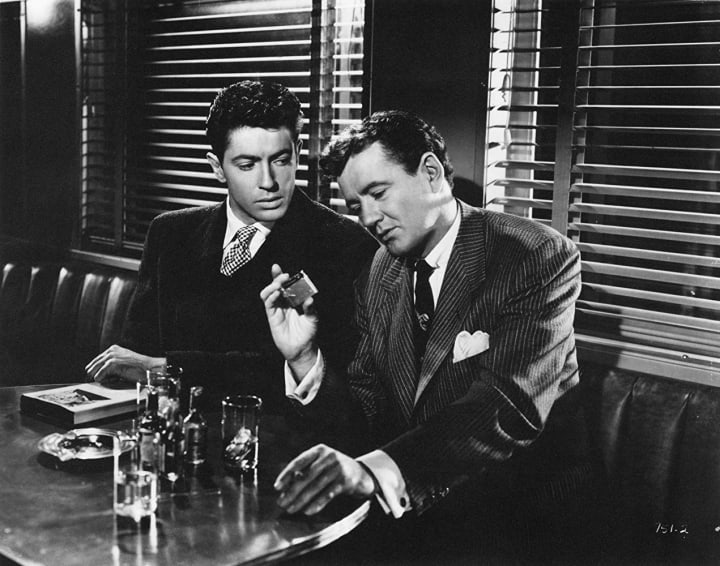
One thing that people always cite as one of the greatest scenes in psychological thriller movie history is either the tennis court scene or the carousel scene from this film. Both of these scenes develop tension almost perfectly with the first having the advantage of the back-and-forth quality with the audience understanding the requirement to establish an alibi and the second having the almost dizzying quality of the carousel on which the two men fight each other. But, as it is known, Hitchcock is also very good at close-ups upon his key items that, in the film, we need to pay good attention to in order to understand the story. One of those is the glasses, another is a lighter and finally, it is costume. The first symbolises familiarity and literally the ‘ability to see’ patterns between certain situations in the film. The second symbolises the guilt of a certain character and how it could make or break the entire murder in the film. The third symbolises which character’s world we are in. If the characters are dressed slightly drearier and more funerary then we are in the world of Bruno Antony. If the characters are dressed up and for some sort of show, then we are in the world of Guy Haines. This is key for understanding the motive behind Bruno’s proposition to Guy near the beginning of the movie. It also helps us understand the impossibility of one being in the other’s environment - heightening the tension as they do not ‘fit’. It is almost alien for them both though they come from similar backgrounds.
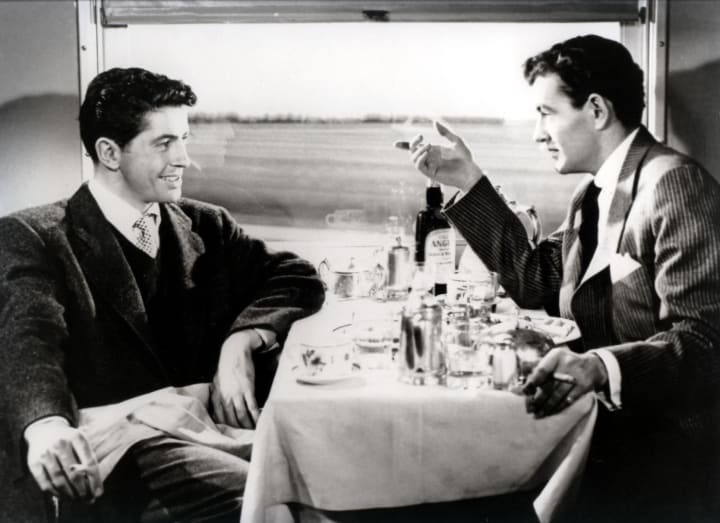
One of the most underrated Hitchcock films, this movie became so culturally important that it was listed on AFI’s 100 Greatest Thrills of All Time and the novel remains one of the greatest crime novels of all time, gaining more recognition because of this film.
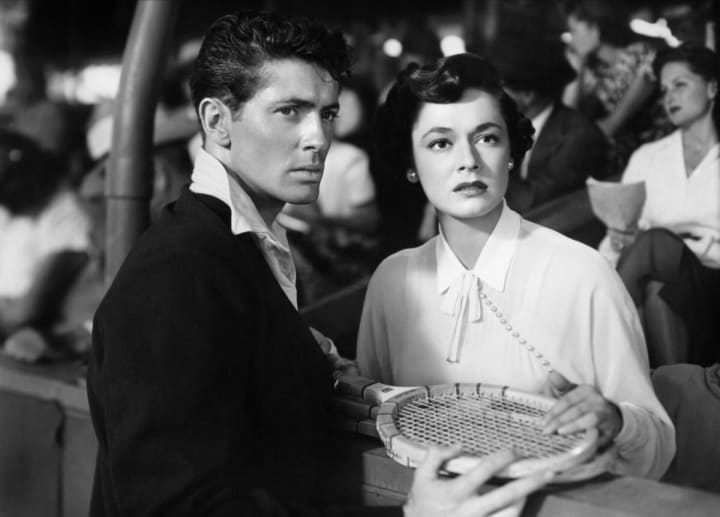
Some people are better off dead, Guy. Take your -- wife and my father, for instance. It reminds me of a wonderful idea had once. I used to put myself to sleep at night -- figuring it out. Now, let's say you want to get rid of your wife…It's so simple, too. A couple of fellows meet accidentally, like you and me. No connection between them at all. Never saw each other before. Each of them has somebody he'd like to get rid of, but he can't murder the person he wants to get rid of. He'll get caught. So they swap murders.
- Bruno, “Strangers on a Train” (1951)
About the Creator
Annie Kapur
200K+ Reads on Vocal.
English Lecturer
🎓Literature & Writing (B.A)
🎓Film & Writing (M.A)
🎓Secondary English Education (PgDipEd) (QTS)
📍Birmingham, UK


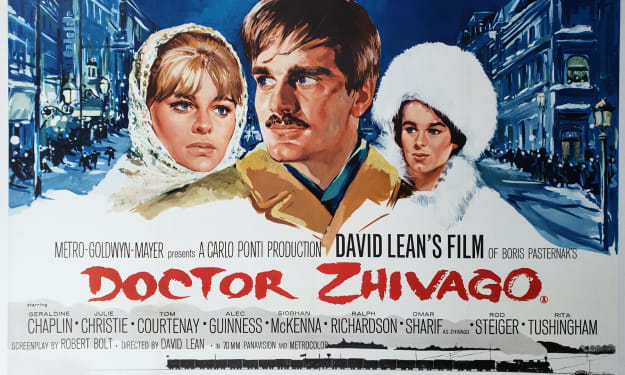

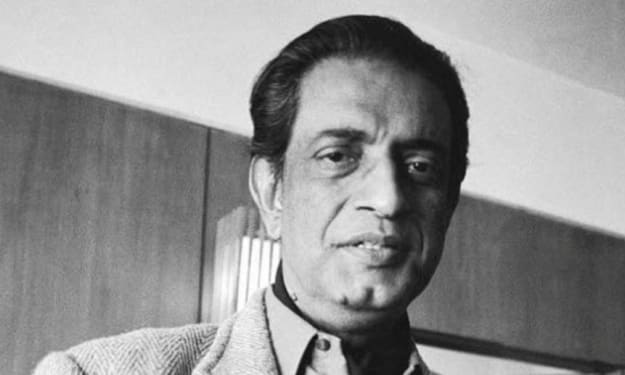

Comments
There are no comments for this story
Be the first to respond and start the conversation.